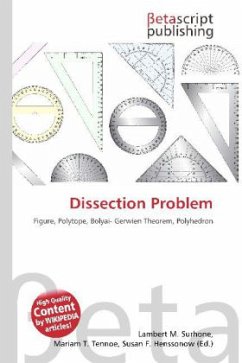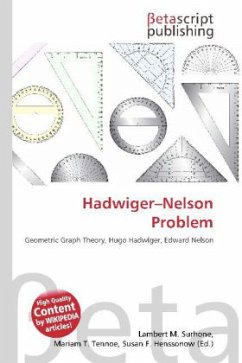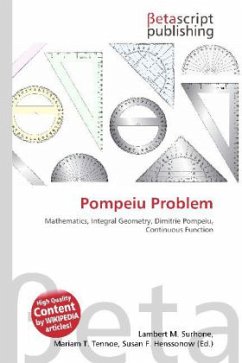The Happy Ending problem (so named by Paul Erd s because it led to the marriage of George Szekeres and Esther Klein) is the following statement: Theorem. Any set of five points in the plane in general position has a subset of four points that form the vertices of a convex quadrilateral. This was one of the original results that led to the development of Ramsey theory. The Happy Ending theorem can be proven by a simple case analysis: If four or more points are vertices of the convex hull, any four such points can be chosen. If on the other hand the point set has the form of a triangle with two points inside it, the two inner points and one of the triangle sides can be chosen. See Peterson (2000) for an illustrated explanation of this proof, and Morris & Soltan (2000) for a more detailed survey of the problem than we provide here.
Bitte wählen Sie Ihr Anliegen aus.
Rechnungen
Retourenschein anfordern
Bestellstatus
Storno








